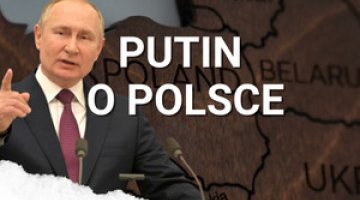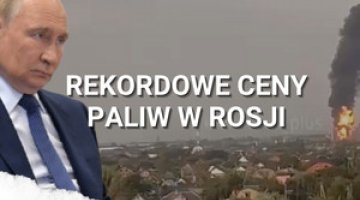Patriarch Cyril in Poland: the policy of the Orthodox Church and the policy of the Kremlin
On 16-19 August, the head of the Russian Orthodox Church (ROC), the Patriarch of Moscow and All-Russia, Cyril I, paid a visit to Poland. A key event during the visit was the signing of a Joint Message to the Polish and Russian Nations by Patriarch Cyril and the President of the Polish Bishops' Synod, Archbishop Jozef Michalik, on 17 August at the Royal Castle in Warsaw.
Commentary
- From the perspective of the ROC’s policies, its leader’s visit to Poland was aimed at strengthening the Church’s role on the international arena, by demonstrating that it has gained an important ally, the Catholic Church (an influential social institution in Poland) and that despite the differences in their interests in Russia, they share Christian values and have common goals, such as the fight against the secularisation of society. The ROC’s role as the initiator of mutual contacts was emphasised. Some commentators have even expressed the expectation that the visit to Poland might make a meeting between the Patriarch of Russia and Pope Benedict XVI more likely, but no official announcement was made on this subject. Another aim was to strengthen the image of the Church’s Patriarch as the head of all Orthodox churches. The organisation of the visit strengthened the impression that Cyril was visiting religious communities which are subordinate to the Russian Orthodox Church, although the Polish Autocephalous Orthodox Church is formally independent of the Moscow Patriarchate.
- Cyril’s visit to Poland should also be seen in the context of Russia's political goals, as the general tone of the visit and the signed declaration are in line with the Kremlin’s historical and foreign policy. Russia is presented as a constructive partner and initiator of dialogue – although any such dialogue is to be conducted on Russian terms, and aims to encourage the closure of the existing disputes, rather than any explanation for them. These theses are visible in the content of the document signed in Warsaw, which speaks of mutual wrongs and guilts. This type of approach may facilitate the interpretation (which is present in the Kremlin’s historical policy) of both countries sharing guilt equally. The political significance of the visit is also reinforced by the fact that the work on the text was initiated by Russia after the visit of the then Prime Minister Vladimir Putin to Poland in 2009. In addition, Cyril’s visit was preceded by his consecration in July of the Temple of Christ’s Resurrection in Katyn, the foundation stone of which was laid jointly on 7 April 2010 by Vladimir Putin and the Polish Prime Minister Donald Tusk.
- Cyril's visit to Poland received favourable commentary from the Russian media, which highlighted its historical dimension. However, in contrast to the media coverage in Poland, it was not the main news story in Russia, and most of the reports were merely informative in nature; the media’s attention was focused on the sentence passed in the Pussy Riot trial, which fell on the date when the document was signed in Warsaw. The Patriarch’s uncompromising position on the trial (he demanded a prison sentence for the accused) caused a wave of criticism of Cyril and the whole Church in Russia, as a denial of their ostensibly Christian values. This matter is having a greater impact on the relationship between the Orthodox Church and the Russian public than Cyril’s 'historic' visit to Poland or the signing of a Joint Message with the Catholic Church.





